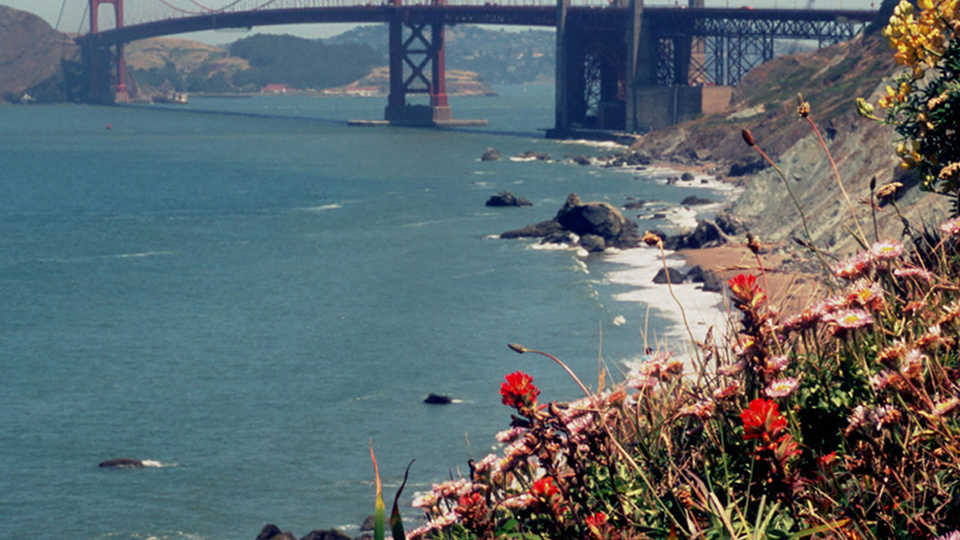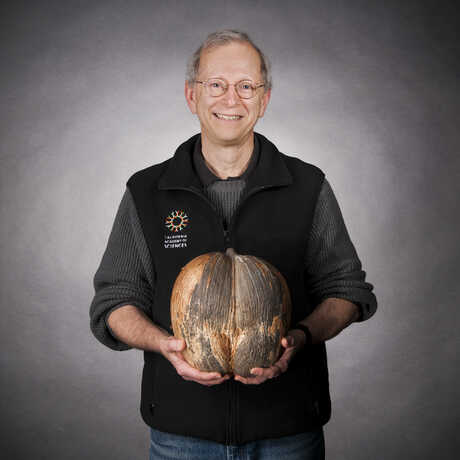
More people now live in cities than outside them. There is a need for floristic inventories over time to document and monitor both the status of native species, as well as the introduction and spread of non-native plants in urban areas. A project to produce a new and comprehensive flora of San Francisco has been in the works for the past decade. It has involved collecting plants from many parts of the city/county; studying all previous collections from San Francisco at CAS/DS; and evaluating records from several sources, including: previously published studies on plants in the county, California Native Plant Society, Golden Gate National Recreation Area, Presidio National Park, and SF Recreation and Parks Department. The flora will include keys to taxa; brief descriptions; occurrence data; flowering periods; and notes on taxonomy, nomenclature, conservation status, uses, and natural history.
New reports of some native plants that had not been seen in San Francisco for between 50 and 100 years were discussed and imaged in Fremontia (vol. 34, no. 4, pages 3-10, 2006). Several records of non-native plants that have become naturalized in the county were also noted in that article, and additional ones have been discovered since then.
The county includes the city of San Francisco and all or portions of several islands, including: Alameda, Angel, Farallon, Red Rock, Yerba Buena, and Treasure. Some of the families have been treated by students and interns working with me at the Academy. The two largest families are being completed by Mary Butterwick--Asteraceae (asters) are now complete and Poaeae (grasses) are in progress. Only a few plant families remain to be completed for the project (e.g., Cyperaceae, Brassicaceae, etc.).
Academy Contributors
Downloadables
Visiting our collections, identifying backyard plants, and more.
Collections inquiries:
Emily Magnaghi
Collection Manager
California Academy of Sciences
55 Music Concourse Dr.
San Francisco, CA 94118
emagnaghi@calacademy.org
(415) 379-5392
